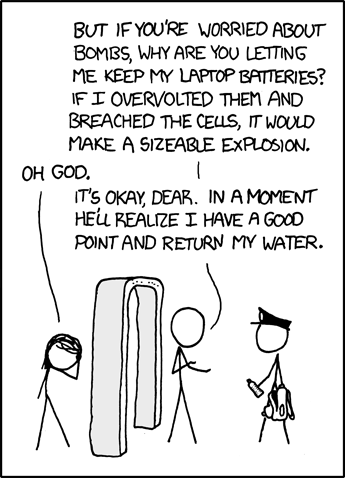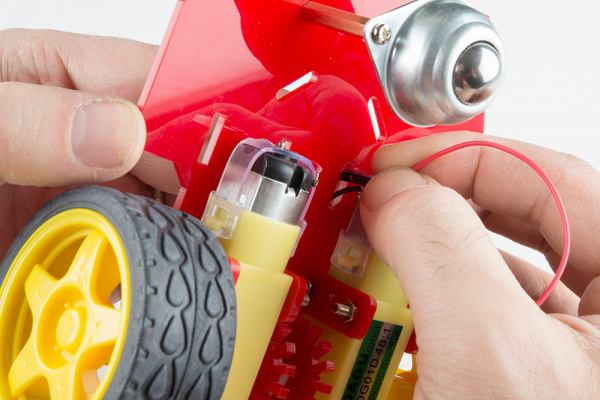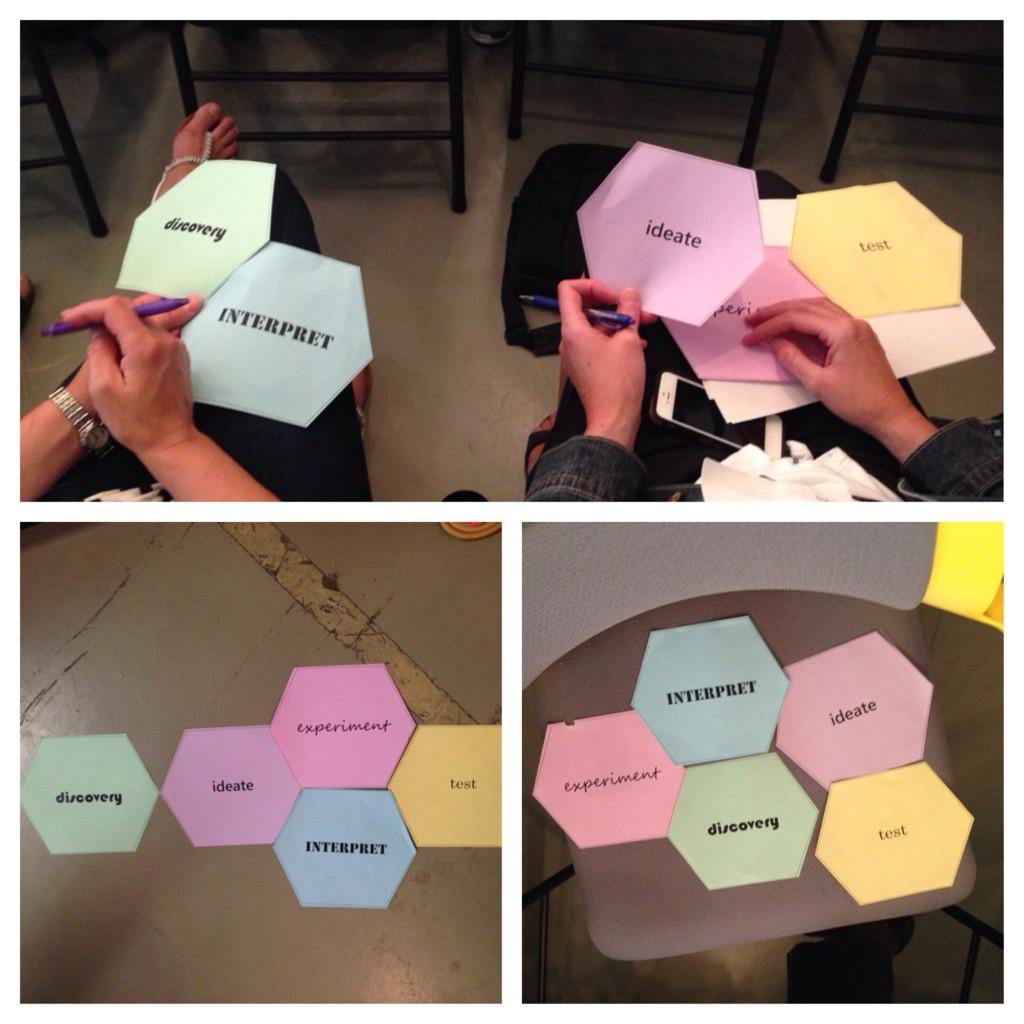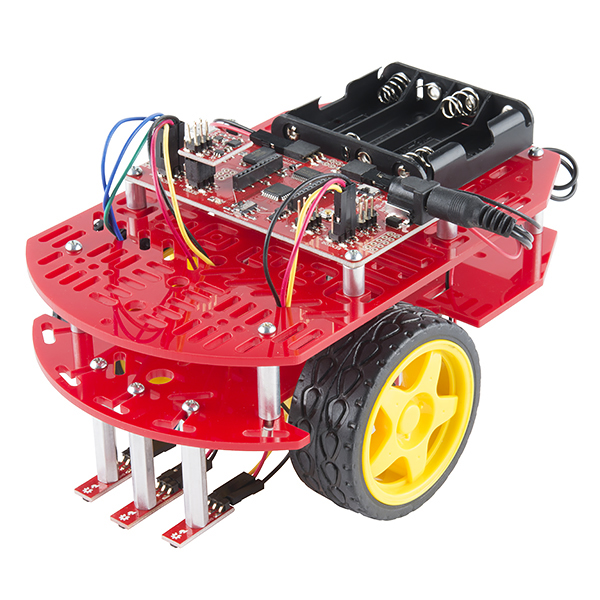 |
| from |
The project is over and here are the learnings from it.
Technical Problems with the Project
The Redbot in the assignment was modified from a unit that is meant to use digital voltage readings, not analogue ones. That being said, the amperage that got through the line follower modules was limited enough that it made it difficult to control the motors. In the future, I will need to either find an alternate line follower module that provides better control or some different transistors to provide control. I included some N2222 transistors in the box but we didn't explore how to use them.
 The particular model of the Redbot we ordered suffered from one other problem which was that the line sensor boards sat too close to the table and caught on the tape we used for lines. One group fixed this problem by grinding down the aluminum standoffs that hold the sensors. This solution is difficult however as the grinder tends to leave burrs of metal in the channel used to hold the screw. This was remedied by re-drilling the hole. The robot pictured, which the group named Gilbert, showed a much more innovative solution to the problem as they roped the top panel of the Redbot to the lower panel with a zip-tie to bend the plastic upwards and bring the sensors away from the table.
The particular model of the Redbot we ordered suffered from one other problem which was that the line sensor boards sat too close to the table and caught on the tape we used for lines. One group fixed this problem by grinding down the aluminum standoffs that hold the sensors. This solution is difficult however as the grinder tends to leave burrs of metal in the channel used to hold the screw. This was remedied by re-drilling the hole. The robot pictured, which the group named Gilbert, showed a much more innovative solution to the problem as they roped the top panel of the Redbot to the lower panel with a zip-tie to bend the plastic upwards and bring the sensors away from the table.Educational Learning with the Project
The project itself worked well overall. It accomplished my goals in terms of teaching the Robotics 1 AND Robotics Applications 1 credits(and introduced a number of things for the Intermediate course in Robotics). It also succeeded in teaching one important peripheral skill, patience. By the end of the project, almost all of the groups had demonstrated at least one instance where they had tried multiple solutions before asking for external help. Groups were also using each other's ideas and problem solving methods to solve their own.
In terms of what this covers educationally, I have realized that this goes much further than the credits I laid out require me to cover. The learning was not just in the area of robotic interaction, but also covered electronic prototyping, motor function, electronic components, schematic drawing, prototyping, as well as math, teamwork, and safety.
I will have some more examples and pictures in the near future to add to this.








